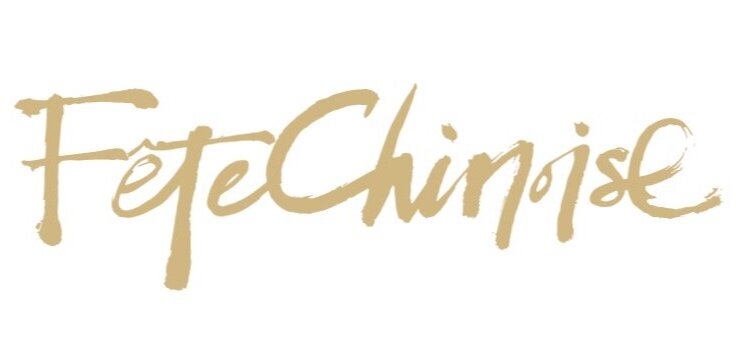3 Chinese Cultural Museum Selections for You to Explore Online
Fête Chinoise chose our top 3 cultural museums for you to browse online, even if you’re unable to visit them personally this month. Whether you enjoy traditional paintings, mixed media, or installation art, we have something for you!
Art Central 2020 - March 18 - May 1
Check out the Art Central Online Viewing Room to learn more about their four featured artists exhibiting in China starting today! Jiang Ji’An’s silk fabric paintings and materials found in everyday life, reconsiders the way materials are crucial in a creative process. Wang Aijun uses a variety of styles and mediums to express his inner feelings, stemming from his upbringing in Inner Mongolia. Tian Wei, uses repetitive strokes and white space to create abstract works of art that reflects the balance found in the idea of yin and yang. And Yu Yang’s use of ink and other materials to teach audiences again the Chinese understanding of self as represented through art. Take a look at their showing room for some artistic inspiration!
The Art Granary, located in Beijing, was the former imperial Granary (built in 1409) and now serves as a place for the interpretation of modern + contemporary art. Their goals include understanding cultures, arts, and the times we live in together with their audiences to grow a “spiritual” granary of the city.
For the historian:
The Palace Museum
A Panorama of Rivers and Mountains by Wang Ximeng. Image Courtesy of The Palace Museum.
There are numerous virtual exhibits to see at the Palace Museum. One of our favourites includes “A Panorama of Rivers and Mountains.” It is the only remaining collection of Northern Song Dynasty (960-1127) painter, Wang Ximeng. The paintings embody rich composition and is understood to be representative of the blue-green landscape paintings (qinglü shanshui) of its time. As with its name, the colours of these paintings are blues and greens, which scholars believe were produced using mineral dyes. Large mountains and rivers or waterfalls were commonly portrayed in this genre. As the curator describes, Wang’s works are blue-green landscape masterpieces: “It is stunning in its sweeping scale, rich coloration, and the expressive minute details…. Azurite blue and malachite green dominate, with touches of pale brown.”
Established in 1925, the Palace Museum is located in the imperial palace of the consecutive Ming (1368-1644) and Qing (1644-1911) dynasties. Also known as the Forbidden City, this unique museum holds paintings, calligraphy, ceramics, and antiquities from the imperial archive. Even if you are unable to personally visit, there’s much to see via their virtual exhibitions.
Fung Wing-kee, Raymond (1952 – ) A dialogue with Wu Guanzhong, 2019. Tiles and mixed media. Image Courtesy of HKMoA.
Friends can visit the online galleries of the Hong Kong Museum of Art and see their featured collections with an in-depth curation for each piece. And if you are there, you can see more including their latest “Classics Remix: The Hong Kong Viewpoint” exhibition. After more than half a century, the collection of the Hong Kong Museum of Art abounds in rich stories, like classics songs, which not only document the growth of the Museum, but are also part of Hong Kong’s collective memory. For those who may hold nostalgia for Hong Kong, this museum might be a place of interest for you.
Victor Wong (1966 – ) SINCE THE BEGINNING, 2019. Digital moving images and mixed media. Image Courtesy of HKMoA.
Established in 1962, HKMoA is the first public art museum in the city, now custodian of an art collection of over 17,000 items, representing the unique cultural legacy of Hong Kong's connection across the globe. By curating a wide world of contrasts, from old to new, Chinese to Western, local to international, with a Hong Kong viewpoint, they aspire to refreshing ways of looking at tradition and making art relevant to everyone, creating new experiences and understanding.




